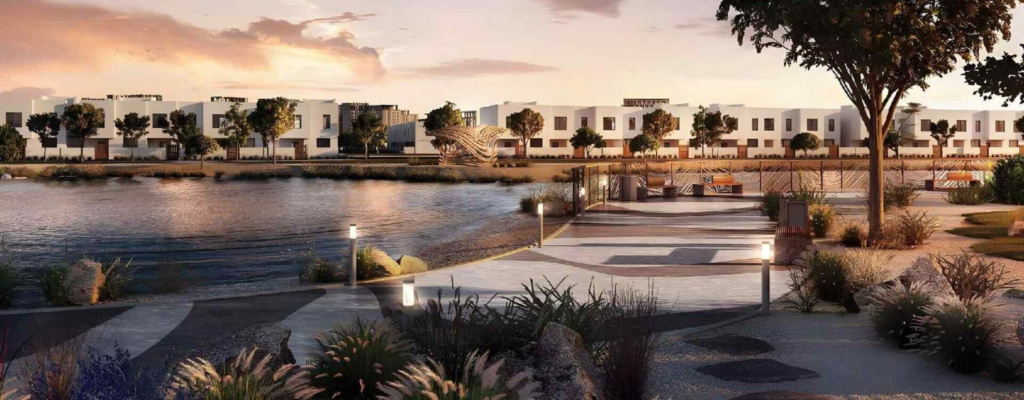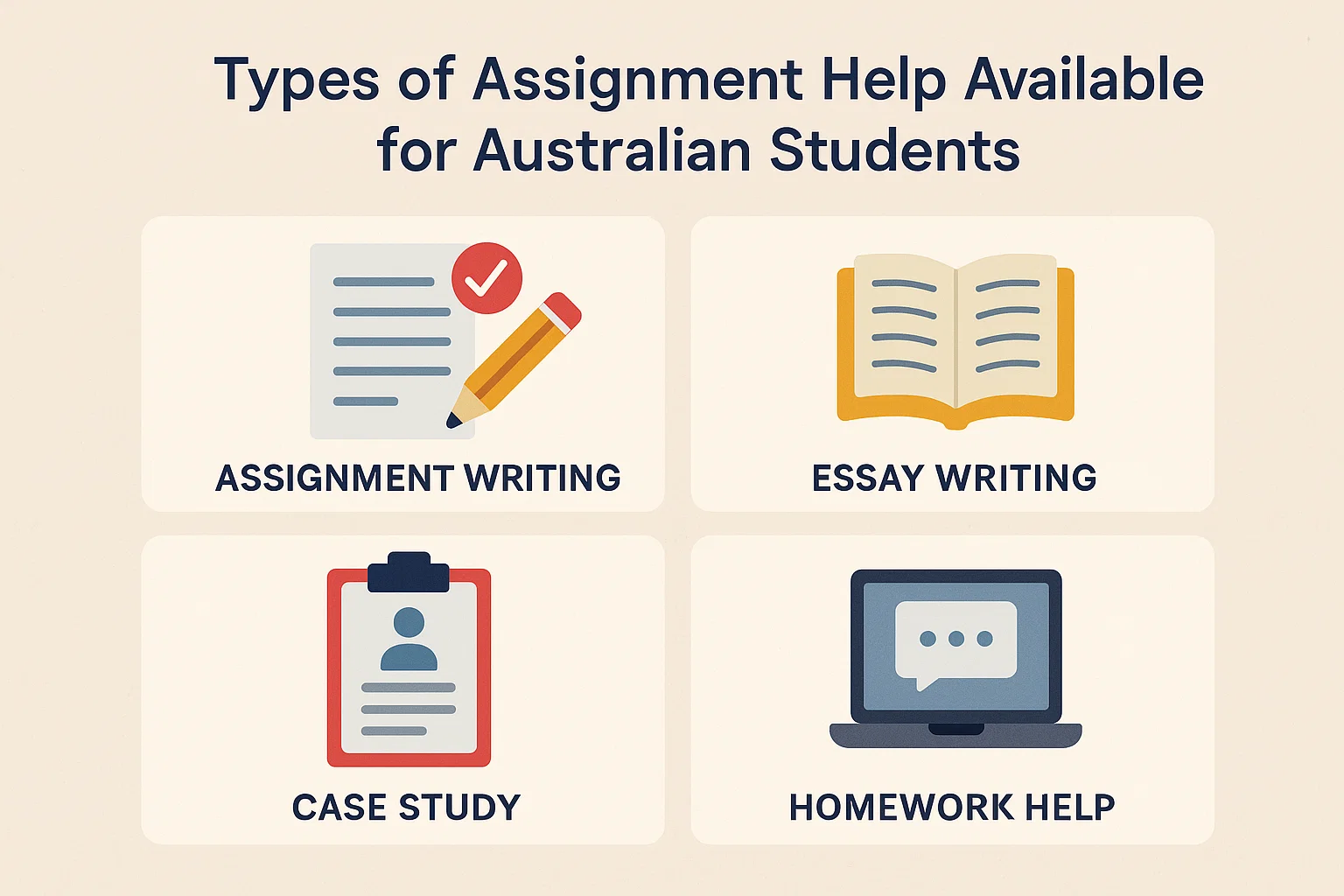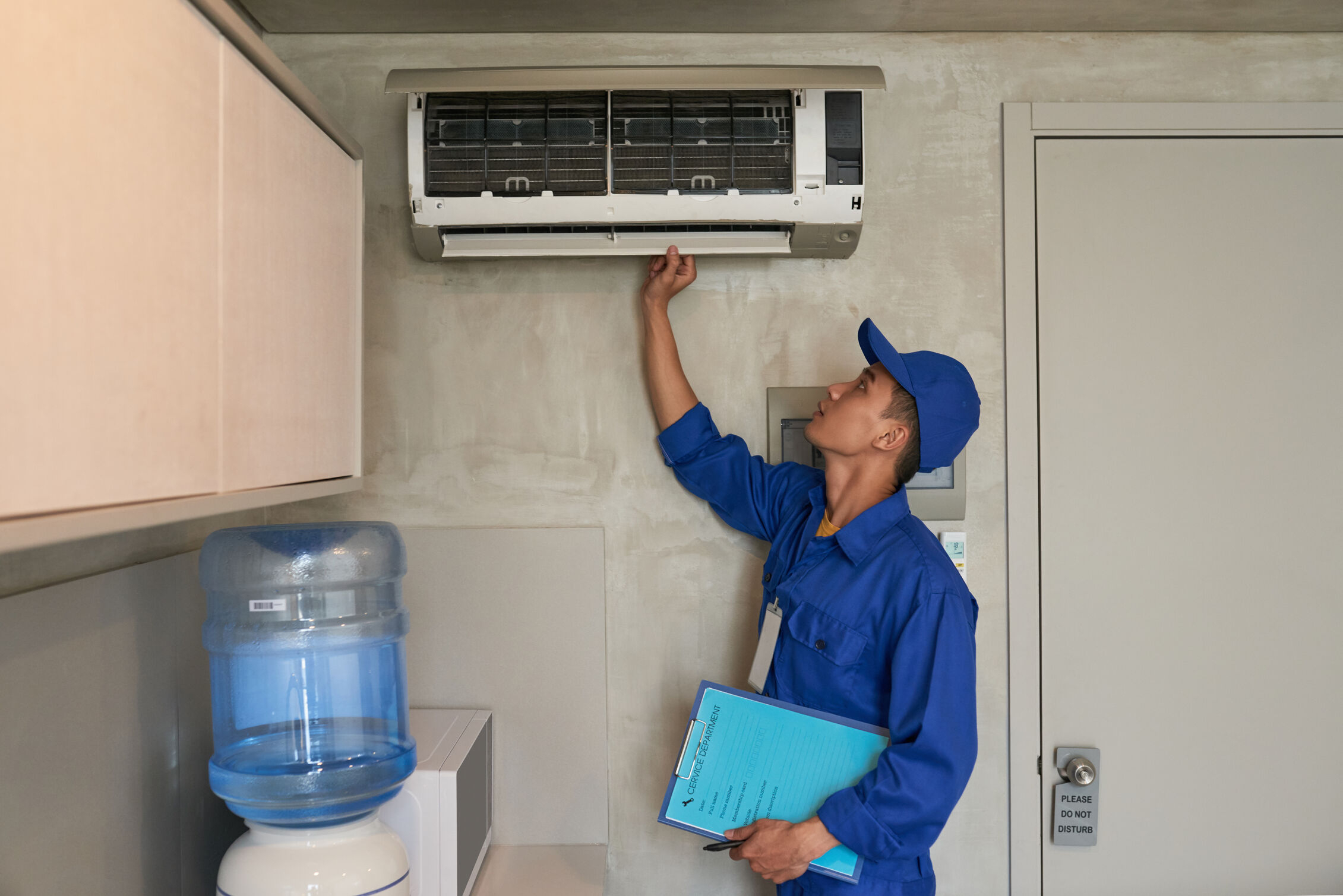Investing in property is often seen as a smart financial move, and one of the options many buyers consider is purchasing off-plan properties. These are properties that are sold before they are built, or while they are still under construction. Buying off-plan can offer great opportunities, such as lower prices and the potential for capital growth. However, like any investment, it comes with its own set of risks. In this guide, we’ll go over everything you should know before buying new off-plan properties to ensure you make the right choice.
What Are Off-Plan Properties?
Understanding Off-Plan Properties
Off-plan properties are properties that you buy before they are completed or even constructed. When you decide to purchase an off-plan property, you are essentially buying something that is not yet built, based on architectural plans, designs, and projected renders. These properties are typically sold by developers who are looking for early buyers before the building is finished.
Off-plan properties can be homes, apartments, townhouses, or even commercial spaces. They are often marketed with the idea that buying early allows you to lock in a lower price, with the expectation that the property will increase in value once construction is complete.
Note:– For the best New Off-Plan Properties in Dubai contact X10 Real Estate today. The expert team is here to help you find the perfect property that suits your needs and investment goals. Get in touch now to explore exciting opportunities in Dubai’s booming real estate market!
Types of Off-Plan Properties
Off-plan properties come in many different forms, such as:
- Residential apartments or villas: These can be found in new developments, often in areas where large-scale residential projects are being completed.
- Commercial properties: Office spaces, retail units, and other business-related properties that are still under development.
- Mixed-use developments: These properties include a combination of residential and commercial spaces, offering buyers the chance to invest in diverse property types.
Why Buy Off-Plan Properties?
There are a few advantages to buying off-plan properties, including:
- Lower initial prices: Developers often offer lower prices for off-plan properties compared to completed properties in the same area.
- Potential for higher value: As the area develops and the property is completed, its value may increase, providing you with capital gains.
- Flexible payment plans: Developers often offer payment plans that allow you to pay for the property in installments while it’s being built.
- Customization options: Some developers allow you to select your finishes, fixtures, or even the floor plan before construction begins.
However, as exciting as these advantages sound, buying off-plan properties also comes with some challenges and risks that you need to understand.
Things to Consider Before Buying New Off-Plan Properties
Step 1: Understand Your Budget
One of the first steps when buying an off-plan property is to set a budget. Knowing how much you can afford will help narrow down your choices and ensure you don’t get in over your head financially.
1.1. How Much Can You Afford?
The first thing to do is determine how much you can afford to spend on the property. Don’t just think about the purchase price—remember to factor in other costs, such as:
- Stamp duty: The tax you pay when purchasing a property.
- Maintenance fees: Many off-plan properties come with monthly or annual fees for shared services and upkeep.
- Property taxes: These are ongoing costs you’ll need to pay once the property is complete.
1.2. Financing Your Purchase
If you’re not paying for the property in full upfront, you will likely need a mortgage. The process for securing financing for an off-plan property can differ from buying a completed home. Some lenders may be hesitant to offer mortgages for off-plan properties, especially if the property is still under construction. It’s important to consult with a financial advisor or mortgage broker early on to understand your financing options.
Step 2: Research the Developer
The success of your investment largely depends on the developer you choose. A reputable developer with a good track record will reduce the risk of delays, poor construction quality, or even financial issues that could affect the project.
2.1. Check the Developer’s Reputation
Before buying an off-plan property, research the developer. Look at their past projects and see if they have a history of completing properties on time and meeting quality standards. You can check online reviews, speak to other buyers, and even visit the developer’s completed projects to get a sense of their work quality.
2.2. Ensure the Developer Has Financial Stability
You also want to make sure that the developer has the financial strength to complete the project. Sometimes, developers may run into financial trouble during construction, which could delay the project or, in the worst case, stop it completely. Check the developer’s financial background, history of funding, and whether they have any backing from reputable financial institutions.
2.3. Ask About Guarantees and Warranties
A reliable developer will offer guarantees and warranties on their projects. These can protect you if there are defects in construction or significant delays. Before purchasing, ask about the developer’s warranties for the building’s structure and for appliances and fixtures.
Step 3: Research the Location
The location of the off-plan property you are buying plays a critical role in its future value. The best property in a bad location is unlikely to perform well, so it’s important to research the area thoroughly.
3.1. Assess the Growth Potential
Look for areas that are experiencing growth or have the potential for growth. Are there new infrastructure projects planned, such as highways, public transport links, or shopping centers? These can significantly increase the value of the property in the future.
3.2. Check for Amenities
Access to amenities is also crucial. Is the property close to schools, hospitals, restaurants, or parks? Properties located in areas with good amenities will often be more attractive to renters or future buyers, increasing its value over time.
3.3. Evaluate the Neighborhood
Visit the neighborhood to get a feel for it. Is it quiet and residential, or is it close to noisy roads and industrial areas? Are there any signs of potential issues, such as poor maintenance or lack of investment in the area? These factors can influence both the livability of the area and its future value.
Step 4: Review the Legal and Regulatory Aspects
When buying off-plan properties, it’s essential to understand the legal framework surrounding the purchase. You need to ensure that the property is legally sound and that the developer is following the proper procedures.
4.1. Verify the Developer’s Permits
Check whether the developer has all the necessary permits to build the property. These permits include zoning approvals, building permits, and any environmental clearances required by local authorities. Without these approvals, the project may face legal issues that could delay or halt construction.
4.2. Understand the Purchase Agreement
Read the purchase agreement carefully before signing. This document will outline everything from the payment schedule to the timeline for completion, and the terms regarding delays. Be sure that all agreements are clear, and if you have any doubts, consider seeking legal advice.
4.3. Know the Rights and Responsibilities
Make sure you understand your rights as a buyer and the developer’s responsibilities. For example, what happens if the property is delayed or the developer fails to deliver what was promised? Ensure these issues are clearly addressed in the contract.
Step 5: Understand the Risks Involved
As with any investment, buying off-plan properties comes with risks that you need to be aware of.

5.1. Construction Delays
Construction delays are a common risk with off-plan properties. Even though developers often provide an estimated completion date, unforeseen issues can lead to delays. Be prepared for the possibility that the project might not be completed on time, and ensure the contract includes clauses that protect you in case of such delays.
5.2. Market Fluctuations
The real estate market can change between the time you buy the property and when it is completed. If property values decrease or the demand for real estate drops, the value of your property might not increase as much as you expected. Make sure to research the local market trends and consider how the economic situation might impact the value of your investment.
5.3. Changes in Design or Specifications
Sometimes, developers may change the design or specifications of the property during construction. Ensure that the contract clearly outlines the plans for the property and includes protections in case the developer makes significant changes that affect the final product.
Step 6: Inspect the Finished Property
When the property is completed, it’s essential to thoroughly inspect it to ensure it meets the agreed-upon specifications. Check the quality of construction, the materials used, and the functionality of the property. If you notice any issues or discrepancies from what was promised, it’s important to address these with the developer before finalizing the transaction.
Conclusion
Investing in new off-plan properties can be a smart move, offering lower prices, flexible payment plans, and the potential for capital appreciation. However, as with any investment, it comes with its own risks. By carefully considering the developer’s reputation, the property’s location, the payment plan, and the legal aspects, you can make a more informed decision and reduce the likelihood of problems down the road. Always do your due diligence, and take your time to understand the potential risks and rewards before committing to buying an off-plan property. By following these guidelines, you can enjoy a successful investment and secure a profitable future.
To read more articles visit on viewsparrow.











